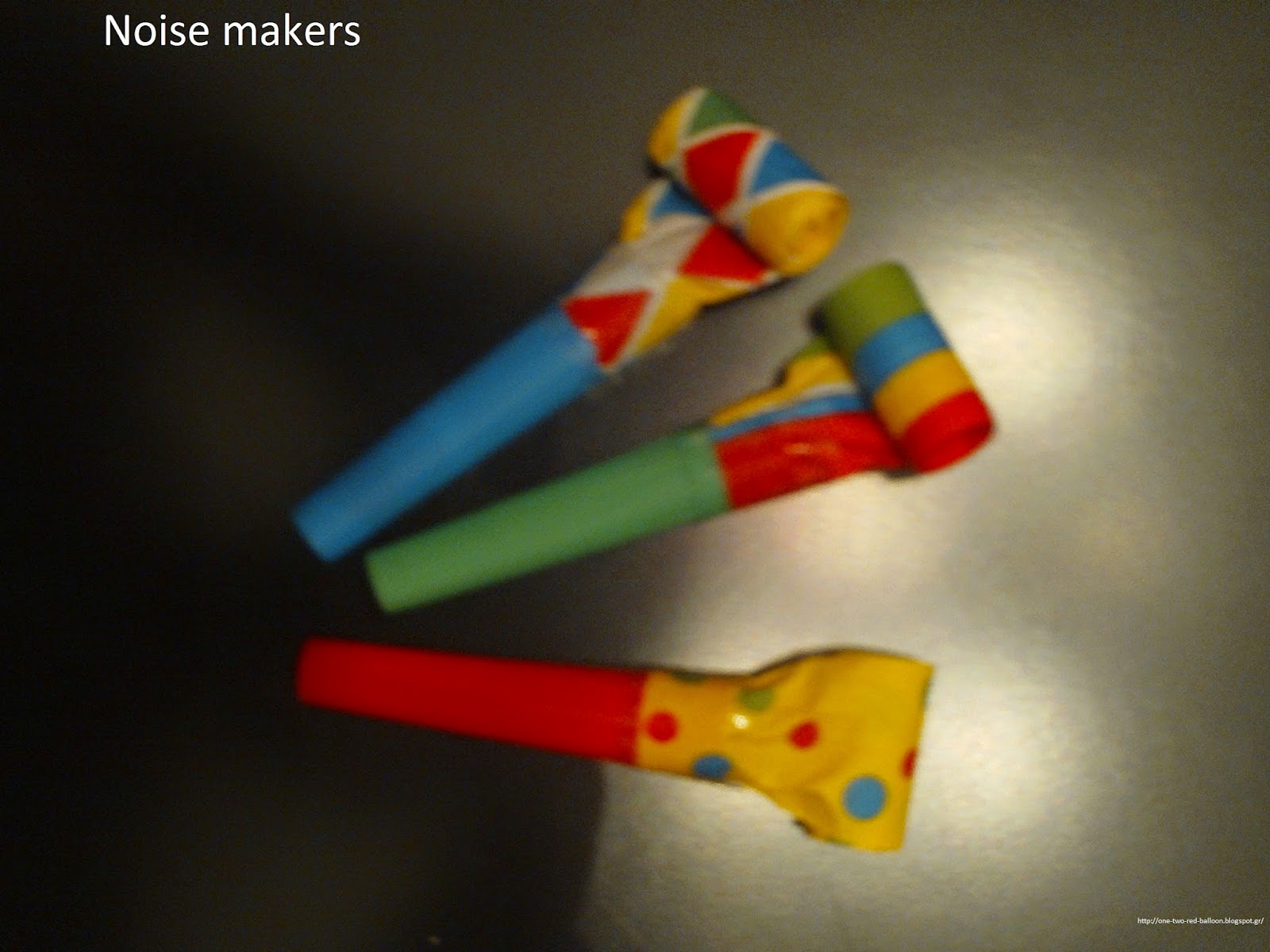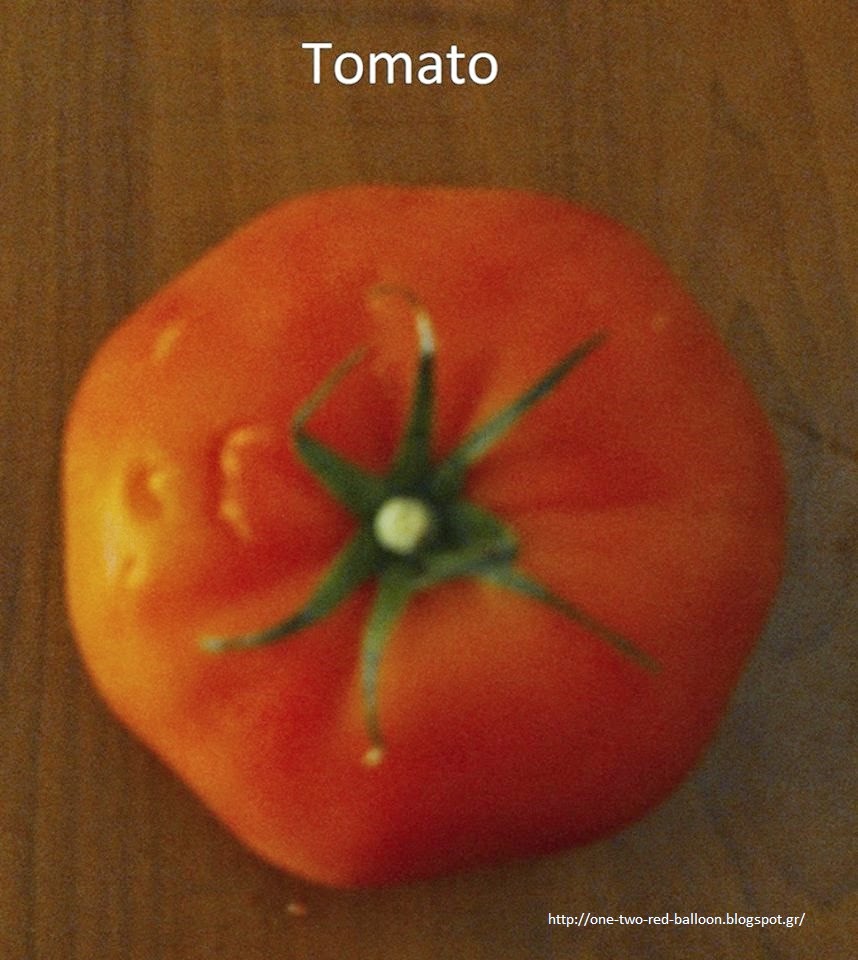Baskets full of chocolate bunnies,
Easter eggs and chocolate chicks!
Easter bread all mummies make,
and all kids the Egg Hunt play!
Easter, Easter, Happy Easter! (x2)
Easter candles, Holy light,
“Happy Easter” the church bells ring!
Fireworks upon the sky,
Easter hugs, Easter kisses!
Easter, Easter, Happy Easter! (x2)
Stage 1 – Brief Revision
Revise the previous lesson briefly following the procedure of Lesson 3 Stage 1
Stage 2 – Vocabulary focus EASTER: basket, chocolate bunny, Easter egg, chocolate chick, Easter bread, the Egg Hunt, Easter candle, Holy light, the church bells, fireworks, Easter hug, Easter kiss, Happy Easter
Prepare flashcards and finger puppets at home that depict an Easter basket, a chocolate bunny, an Easter egg, a chocolate chick, Easter bread, the Egg Hunt, an Easter candle, Holy light, the church bells, fireworks, an Easter hug, an Easter kiss, Happy Easter. Present the flashcards to Ss, use L1 (or better L1 and Lf) and ask them: “What can you see in the pictures?”, “What comes to your mind when you think of Easter?”, “Do you like Easter?”, “What do you like most about it?”, “How do you celebrate Easter in your country?”. Present and drill vocabulary items concerning Easter in English by using the flashcards and / or rhythmical clapping [ Ea-ster, ba-sket, Egg Hunt, church bells (clap two quarter notes, ta ta), fire-works, Ea-ster egg, choco-late chick, Ea-ster bread, Ea-ster hug, Ea-ster kiss (clap two quarter notes and one half note, ta ta ta-ah), choco-late bu-nny, Ea-ster can-dle, Ho-ly li-ght, Ha-ppy Ea-ster (clap four quarter notes, ta ta ta ta)]. Tell Ss that they will sing a song in which they will describe how Easter is celebrated in England. Play the song on the piano. Ask Ss to i) stand up and move to the rhythm of the music ii) put the Easter flashcards in the correct order based on the song iii) sing the song and clap their hands (4 quarter notes per measure, ta ta ta ta). You could also pause before the following words bunnies, chicks, Egg Hunt, Holy light, hugs, kisses and ask Ss to fill in the gaps with the words missing by either raising the correct finger puppet / flashcard or by miming them.
Stage 3 – Incorporating percussion instruments into our activities & practising rhythmical patterns
Divide the class into groups and give them the percussion instruments they are going to use in this song (Always give instructions by following the procedure of Lesson 1 Stage 3). Group A beats 2 half notes per measure using their bells (ta-ah ta-ah), Group B beats 4 quarter notes per measure using their jingle sticks (ta ta ta ta), Group C beats 8 eighth per measure using their sticks (ti-ti ti-ti ti-ti ti-ti). Practice separately and then altogether as a band. Last, ask Ss to play and sing the song as much as they can.
Stage 4 – Follow-up activities
Ask Ss to make Easter cards, baskets, Easter eggs etc by using paints, drawings, cardboard, glitter glue, stickers and so on. You could also distribute Easter colouring pages to them. Throughout these activities, Ss could be listening to music. In the end, Ss exchange their cards and wish each other “Happy Easter”. Alternatively, you could watch a cartoon that is about Easter or even play the Egg Hunt game in the school yard / garden. Ask Ss to sing goodbye to Mrs Mary (see Lesson 1 Followup) and wish her “Happy Easter” .






















.jpg)















